#israelite
Text
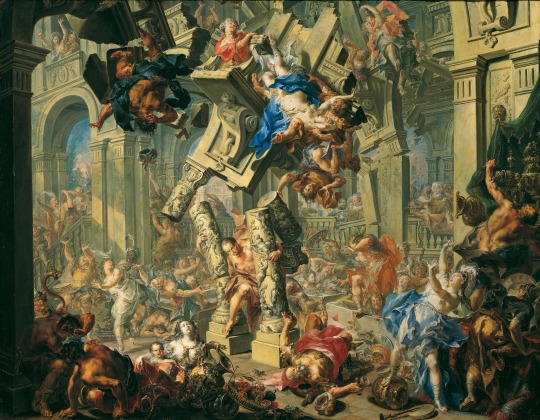
Samson's Revenge by Johann Georg Platzer
#samson#art#johann georg platzer#rococo#israelite#israelites#warrior#biblical#bible#religion#religious#pillars#temple#temple of dagon#architecture#philistine#philistines#christianity#christian
118 notes
·
View notes
Text

Painting from around two years ago, a Judean commander from the First Temple era (500 BC).
Learned a lot with this image. I still need to experiment more with bolder colors, and I am happy how it turned out here.
Should be able to share new images in a month or two!
Best,
Joel
#dungeons and dragons#board games#concept art#fantasy art#tabletop games#digital painting#magic the gathering#character design#ancient history#armor#israelite#biblical#assyrian#babylon#ancient egypt#ottoman#turkic#turkey#knight
59 notes
·
View notes
Text

Yaakov Ben Aharon, Samaritan High Priest, with the Samaritan Torah, 1905, Nablus (Now Palestinian West Bank).
37 notes
·
View notes
Text
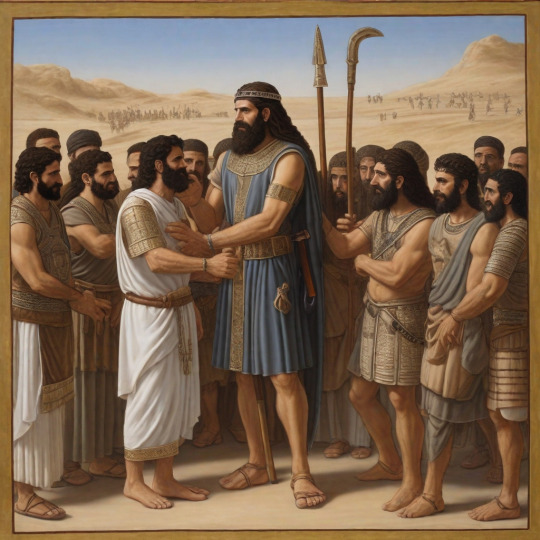
Samaria, 853 BCE
Israelite king Ahab during a reunion with members of the anti-Assyrian coalition in preparation for the Battle of Qarqar.
#qarqar#israel#samaria#ancient times#conflict#ai prompt#prompter art#leonardo ai#king ahab#israelite#assyrian#middle east
11 notes
·
View notes
Text
There were other documents written at the time of Jesus besides the gospel. The Talmud is such a document, written by the Israelite Jews at the time of the Roman occupation. In it God is described as omnipresent (all places) omnipotent (all powers) omniscient (all knowledge). This gives us an idea of how Jesus’ contemporaries, the ancient Hebrews, thought of and understood God at that time. Strictly speaking, by such a definition, one can not say God does or doesn’t exist — it simply is. Far from todays understanding of God, which often depicts it as a man or mortal being, God was understood in ancient times as a force of creation.
If then, we ask ourselves, is God only a force or is God also a living being? the answer is then that God is far beyond the differentiation between a physical object and a physical life form — in the sense that God is the host or field which allows all of the above to be created
#god#wisdom#Jesus#Israel#Israelite#Talmud#mysticism#spirituality#literature#meditation#philosophy#history#Judaism#Catholicism#books#understanding
37 notes
·
View notes
Photo

Ethnicity & Identity Within the Four-Room House
The process of determining ethnicity is a problematic venture, even more so when interpreted through the archaeological record. Despite this issue, evidence, such as the four-room house, has been preserved that can be interpreted to represent ethnic markers and help illuminate the lives of individuals and groups from the past. Following the theoretical perspective of Fredrik Barth, ethnicity is understood to be a malleable and self-ascribed phenomenon within a particular group. In light of this, the artifacts found within the archaeological record have the ability to illustrate how a particular group identified itself and how it perpetuated this identity. I propose to demonstrate this act of self-ascription and perpetuation of ethnic identity through an examination of ancient “Israelite” architecture, namely four-room houses during the Iron I and Iron II periods of the central highlands. This analysis will include an interpretation of the structure, function, and origin of the four-room house, as well as a cross examination with biblical passages suggesting possible Egyptian parallels as well as an egalitarian lifestyle.
Continue reading...
32 notes
·
View notes
Text

Woith every p-p-p-penny
#amelek#amalekite#Jewish#judean#Israelite#isreal#Jews#who framed roger rabbit#wfrr#roger rabbit#toon#meme#toonblr
8 notes
·
View notes
Text
The Eden the Bible was talking about is Africa. East of the garden of Eden is Ethiopia, South Sudan, Kenya, Etreaia etc. The original name of Africa was called Alkebulan. Meaning mother of civilization. From East Africa where all the different nations of the Earth migrated to. From Africa God planted A’dam there and put all the animals you see. All the animals of the Bible are African.

21 notes
·
View notes
Text

“Wisdom falls into three divisions.
The first division is the science of nature, called in Arabic, "Al-Ilm al-tibi". This branch of knowledge deals with the essential and incidental properties of material bodies.
The second division consists of the practical sciences, called in Arabic, "Al-Ilm al-riazi. These comprise arithmetic, engineering, astronomy, and music.
The third division, called in Arabic, "Al-Ilm al-ilahi. is the science of theology, which deals with the knowledge of G-d, knowledge of His torah, and other spiritual things, such as the soul, the intellect, and spiritual beings.
All these divisions of wisdom, and their respective branches, are gates which the Creator has opened for men through which they may attain a comprehension of religion and of the world. Only that some sciences are more needed for religious matters while others are more needed for secular interests.
The sciences whose use is closest to worldly matters is the science of nature, which is the lowest science and the practical science, which is second. These two sciences instruct on all the secrets of the physical world, its uses and benefits, its industries and trades and is conducive to physical and material well-being.
The science which is most needed for religion is the highest science - Theology.
We are under duty to study it in order to understand and obtain a knowledge of our religion. But to study it in order to attain worldly benefits is forbidden. Our teachers said (Nedarim 62a): "[expounding the verse: to love the L-rd your G-d, to hearken to His voice, and to cleave to Him' [This means that one should not say, I will read Scripture that I may be called a scholar. I will study mishna, that 1 may be called Rabbi, I will study [Talmud, to be an Elder, and sit in the assembly of elders; but learn out of love, and honor will come in the end". And "Do [good] deeds for the sake of their Maker, and speak of them words of torah for their own sake. Make not of them a crown wherewith to magnify yourself, nor a spade to dig with" (ibid). And "Fortunate is the man that fears the L-ord, that delights greatly in His commandments' (Ps. 112:1),
R. Eleazar expounds thus: In His commandments' but not in the reward of His commandments. This is just what we have learnt. He used to say, Be not like servants who serve the master on the condition of receiving a reward; but be like servants who serve the master without the condition of receiving a reward." (Avodah Zara 19a).”
-Rabbeinu Behaye, Chovot HaLevavo.
#books#history#literature#religion#theology#mysticism#esotericism#religious#orthodox#Judaism#jewish#orthodox judaism#Jews#jewish theology#neoplatonism#platonism#perennialism#perennial philosophy#chabad#Hasidic#Reform Judaism#conservative judaism#philosophy#israel#Israelite#Torah#tanakh#jewish culture#culture#art
2 notes
·
View notes
Text
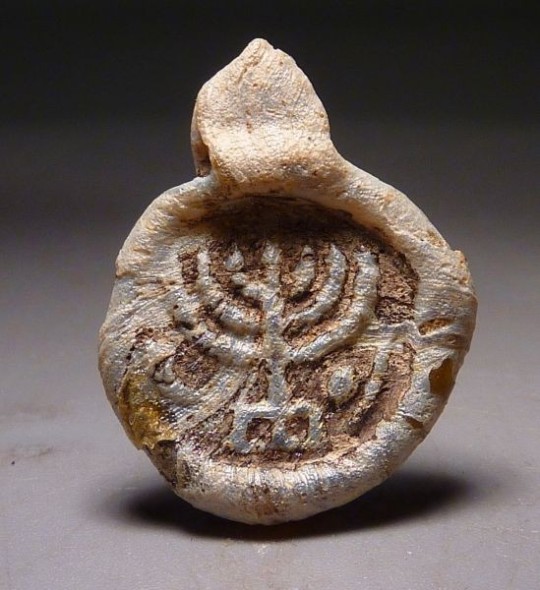
Jewish Menorah Glass Amulet | 4th - 7th Century AD
4 notes
·
View notes
Text
4 notes
·
View notes
Text

The Destruction of Pharaoh's Army by Philip James de Loutherbourg
#philip james de loutherbourg#philippe jacques de loutherbourg#moses#art#red sea#egypt#pharaoh#army#bible#biblical#exodus#waves#storm#flood#israelites#egyptians#israelite#egyptian#book of exodus#ancient egypt#christianity#skip#clouds#sea#storms#staff#wand#mace
79 notes
·
View notes
Text
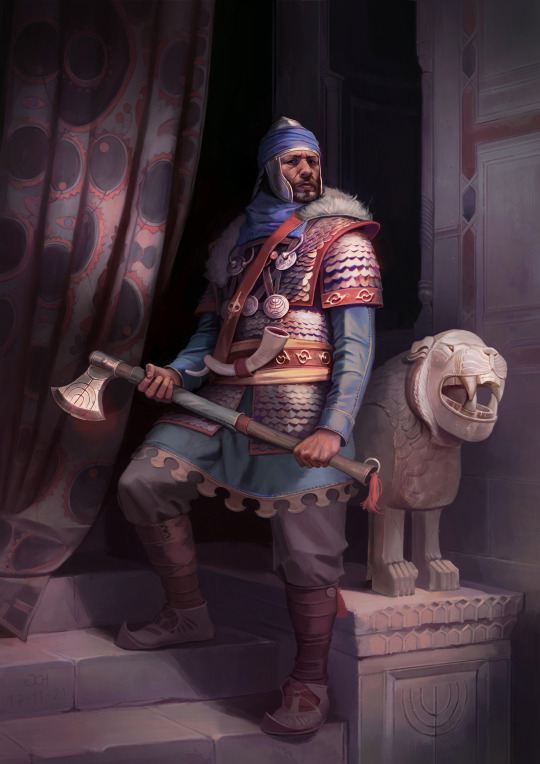
Painting I made a bit more than a year ago, a Temple Guardian from ancient Judea.
I took heavy inspiration from painter Ludwig Deutsch, a major driving force throughout the process that inspired me to set the mood and overall apparel.
Hope you like it!
Best wishes for the new year!
Joel
#Jewish#judean#warrior#armor#knight#israel#israelite#massachusetts#dungeons and dragons#rpg#board games#tabletop games#game art#fantasy painting#fantasy art#digital art#digital painting#concept art#concept design#character design#ancient history#medieval
23 notes
·
View notes
Text
After watching this quick 2 min, I had to realize this is nothing more than a public lynching for a black man saying what he believes. They never had a problem showing us "Birth of a Nation". They been telling us for generations we're descendants of the cotton picking slave class and nothing more. They say our ancestors were savages and nothing more. The very second you consider yourself anything more than a field nigga, you're a problem. Look how quickly they got other rich black men to shit on him, all of the TNT panel, ESPN, and even Lebron! All because the man says he is a descendant of Abraham and a true Jewish man according to his *PROTECTED* religious beliefs and supports his claims with biblical and historical references. What is so bad about that? All I know is I feel like I need to see the documentary now.
It's called "Hebrews to Negroes: Wake Up Black America"
27 notes
·
View notes
Photo
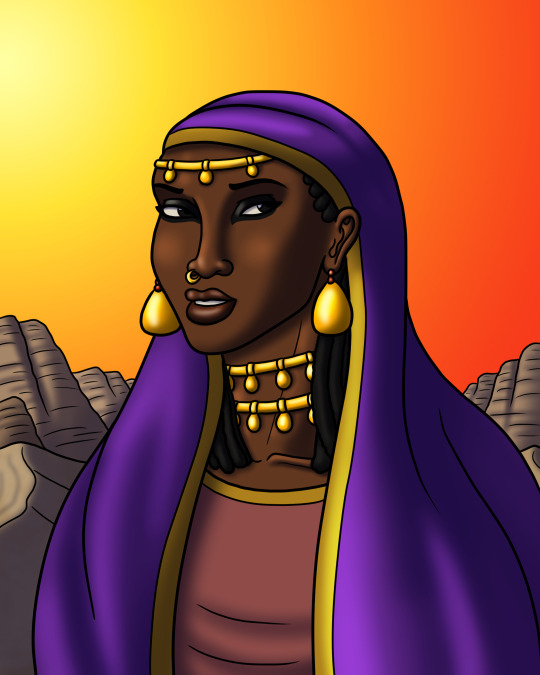
This is my portrait of the “dark-skinned and comely” heroine of the Biblical erotic poem titled the Song of Songs, or alternately the Song of Solomon (since its authorship is commonly, but perhaps erroneously, attributed to King Solomon). Although never named, she is addressed as a “maid of Shulem” in one verse, which may refer to an origin either in the Israelite capital of Jerusalem or a village named Shunem or Shulem.
#biblical#song of songs#israelite#hebrew#middle eastern#african#black woman#woman of color#dark skin#digital art#portrait#art
13 notes
·
View notes
Photo

#Deuteronomy 8:18 But thou shalt remember the LORD thy God: for it is he that giveth thee power to get wealth, that he may establish his covenant which he sware unto thy fathers, as it is this day. #DailyScriptures #spiritualdevelopment #spiritualrevolution #godswill #thirdeyeopen #NSIMBIYISRAEL #NsimbiTruth #bibletalk #Isreal #RighteousRevolution #godfirst #biblescriptures #bibledaily #Nsimbi #losttribe #Bantu #Indigenous #Israelite #scriptures #FederalRevolution #Salvation #Buganda #africanproverbs #Precept #Uganda #Africa #African #UgandaFederal #UFCC (at Babylon) https://www.instagram.com/p/CnWF__VNzt7/?igshid=NGJjMDIxMWI=
#deuteronomy#dailyscriptures#spiritualdevelopment#spiritualrevolution#godswill#thirdeyeopen#nsimbiyisrael#nsimbitruth#bibletalk#isreal#righteousrevolution#godfirst#biblescriptures#bibledaily#nsimbi#losttribe#bantu#indigenous#israelite#scriptures#federalrevolution#salvation#buganda#africanproverbs#precept#uganda#africa#african#ugandafederal#ufcc
7 notes
·
View notes